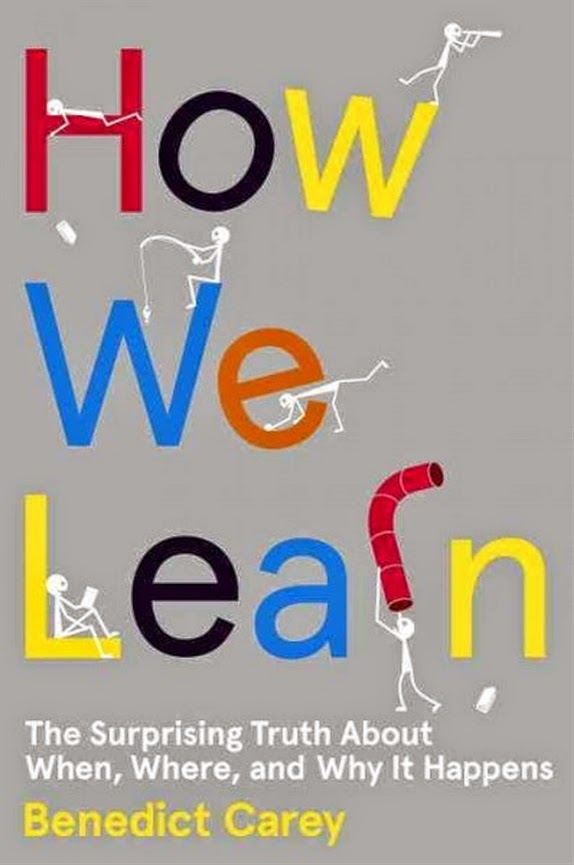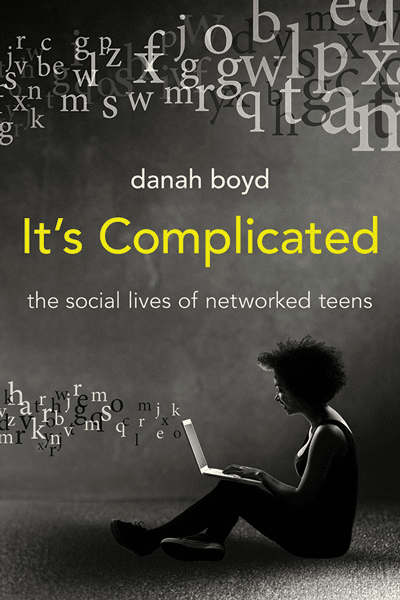Clare's sermon discussed how a Christmas Tree is a representation of life and that each and every one is an ornament that deserves a spot on that tree. Check it out:
Good Morning.
For those who know me, know that I love Christmas. This is my favorite time of the year for so many different reasons. When I started thinking about my sermon, I knew that this would be the perfect time of the year. As I was remembering previous Christmas’, a certain story came to my mind.
A few years ago my family and I were decorating our Christmas tree. Everyone in my family had a particular job when decorating the tree. I was in charge of the red ornaments. As I was unloading the ornaments and placing them on the tree, I noticed one without a top and hook. Because there wasn’t a top and hook, I put it back into the box. After I was done with the rest of the ornaments, I looked back at what was left. The same red ornament was sitting alone at the bottom of it’s box. I realized that all I needed to do was to find a top and a hook, and that red ball could be on the tree like all the others. So I found a top, and I found a hook, and eventually that red ball fit perfectly on the Christmas tree.
You might be wondering how this has to do with you...me...Chapel…and just life. Well it has a lot. Imagine life as a big Christmas tree. A Christmas tree is big, green, fragrant, but there is something missing… the ornaments. And we are the ornaments of our Christmas tree. We come in different shapes, sizes, and color. And when we are on our Christmas tree, it is amazing!
As Perrin just read, "If the whole body were an eye, where would the hearing be? If the whole body were hearing, where would the sense of smell be?" Imagine a Chtmas tree with just green ornaments, or all circle shaped ornaments. That would be sort of boring wouldn't it? This also goes along with real life situations. It would be boring if there were only 8th graders on the planet, or only people who can sing, or only people who are really good at math. We all have our special talents and we need each other's help and gods help finding them.
Unfortunately, there are many people who don't think they belong on the tree. For whatever reason, they feel like they have lost their top or lost their hook, and don't belong with others on the Christmas tree of life. They don’t realize that they aren't alone. These people don’t know that God made the Christmas tree big enough for everyone. People shouldn’t make fun of someone’s scratch when they might be hiding a dent. Like what Matthew 7:1-5 states, "Why do you look at the speck of sawdust in your brother’s eye and pay no attention to the plank in your own eye?" This is talking about someone judging another person for a flaw, when that very same person has an even bigger flaw. This relates to my story because some people are not helping people find their hooks or their tops. Many people make fun of other people who have a difficulty or a clear difference, even though those same people have difficulties and struggles themselves.
Take a minute and think about a time that you felt like you didn't belong or someone made you feel like you were missing something or that you weren't like the other people. ......you have probably felt this sometime in your life if you have ever been to a new school and didn't know anyone, or you have been bullied for something you couldn't help. I have personal experience thinking that I didn’t have a hook or top and that I didn't exactly belong. I have had people insult me for being different or just because of having difficulties with different things. I used to think they were right and they might have been, but I didn't realize that they had differences too. I have always complained to my parents about myself having issues, but not other families or some of my friends. They always told me that you may not see their difficulties, but they have them.
I challenge you over this Christmas break, to see your differences in a good way and not to only see your differences, but to see your talents. And to make sure all your ornaments make it onto your Christmas tree. And remember, everyone has a top, a hook, and most of all, a place on God’s tree. Amen.



.jpg)















